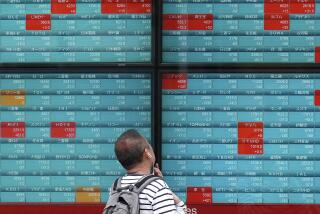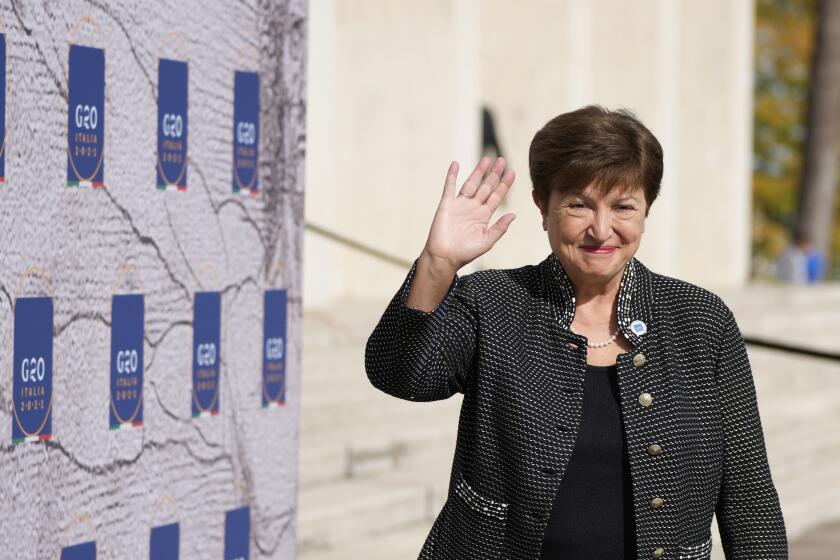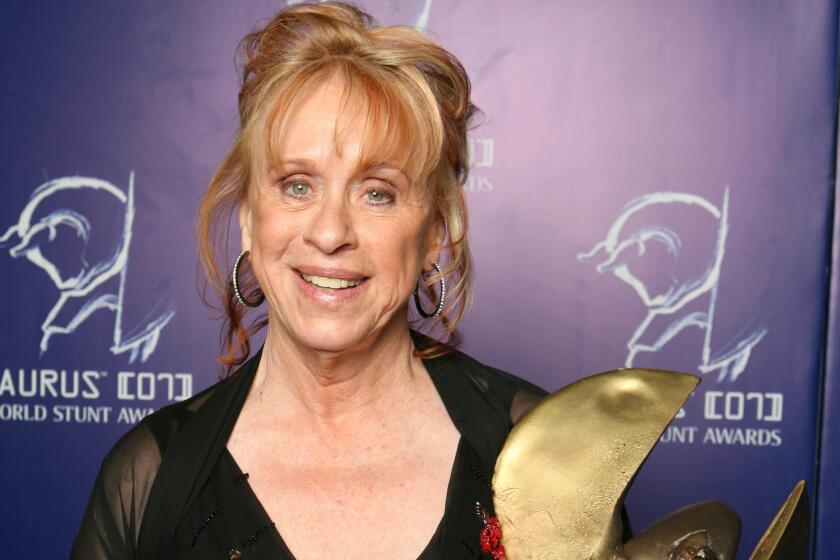Federal Reserve vows to stick with stimulus program
The Federal Reserve, saying that the economic recovery was not strong enough to bring down unemployment, has vowed to stick with its controversial bond-buying program to spur growth and to hold short-term interest rates at near zero for the foreseeable future.
In their last scheduled meeting of the year Tuesday, Fed monetary policy makers gave a cautious assessment of the recovery even as more private economists raised their growth projections after a strong retail sales report.
With the notable exception of the November jobs report, economic data generally have been looking better in recent weeks. And with the compromise tax deal moving through Congress with its billions of dollars in new stimulus in the form of lower taxes, many analysts see the pace of economic growth accelerating next year.
With the combination of the Fed’s stimulus and the tax-cut package, “they’ve thrown everything in to get growth,” said Charles Comiskey, head of Treasury trading at Scotia Capital in New York.
Fed Chairman Ben S. Bernanke and his colleagues at the central bank gave a nod to improved consumer spending, saying it was increasing at a “moderate pace” as opposed to “gradually” after last month’s meeting. But they made clear that they remained concerned about the high unemployment rate, which rose to 9.8% last month amid unexpectedly weak hiring.
“Employers remain reluctant to add to payrolls,” the Fed repeated in its statement Tuesday.
In addition, the housing market is still depressed, officials said, and the underlying inflation rate continues to trend downward, well below the Fed’s informal target of 1.5% to 2%.
In short, progress in meeting the central bank’s dual mandate — fostering maximum employment and price stability — “has been disappointingly slow,” the Fed said.
The statement did not contain any surprises. Nor did it acknowledge that Treasury bond yields have jumped over the last two months as economic data have improved, despite the central bank’s ramped-up bond purchases.
The Fed, at its Nov. 3 meeting, committed to buying $600 billion of Treasury securities through mid-2011, adding to purchases it already was making with proceeds from maturing mortgage bonds that it owns.
The central bank’s goal with its so-called quantitative easing program is to pump more money into the financial system and restrain longer-term interest rates, such as for mortgages and corporate bonds.
But the Fed can’t directly control those rates, and Treasury bond yields have surged since mid-October, in part pushed up by better-than-expected economic data.
Treasury yields continued to climb Tuesday after the Fed’s statement. They were boosted early in the day by government data showing that November retail sales rose more than expected, adding to the sense that the economic recovery is gaining steam.
The 10-year Treasury note yield jumped to 3.45%, up from 3.28% on Monday and the highest since May. The yield has rocketed from 2.39% in early October. Other interest rates, including mortgage rates, also have risen sharply.
Although the surge in rates would seem to be frustrating the Fed, bond traders said that without the central bank’s regular purchases of Treasuries, yields would be significantly higher.
Critics have said the Fed’s monetary stimulus program is unnecessary and risks stoking inflation down the road. But Bernanke has been undaunted, arguing that the central bank can’t sit on its hands with unemployment near 10%.
Some analysts think the Fed could pull back its Treasury purchases before the completion date, but the statement Tuesday gave no hint of that, repeating that officials would review and adjust the program as needed.
The statement also said short-term rates that the Fed controls — the federal funds rate — would remain at zero to 0.25% for “an extended period.” That overnight bank-lending rate has now been at rock bottom for the last two years, and some analysts don’t see the Fed reversing course until 2012.







